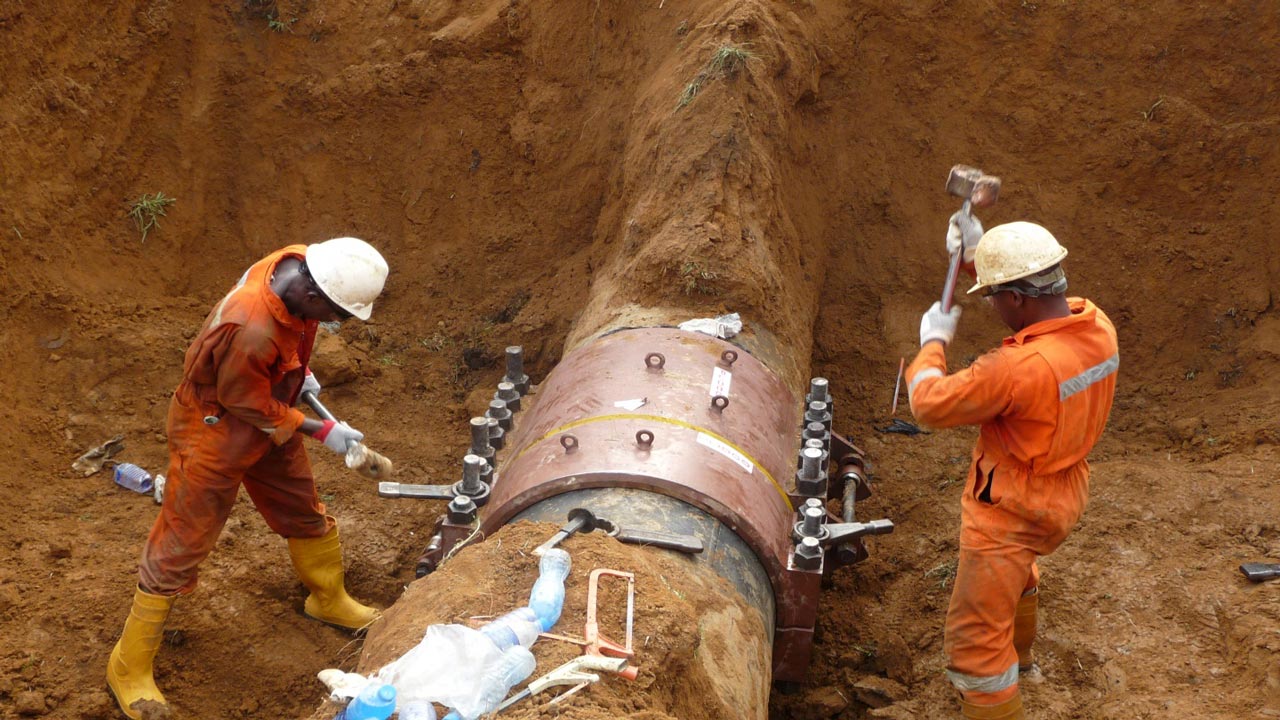The Libyan crude oil pipeline blown up late last month will take about a week to repair, the chairman of Libya’s National Oil Corporation said.
An explosion on the Zaggut to Es Sider oil pipeline in eastern Libya occurred on Dec. 26, NOC confirmed. The pipeline transports crude oil to Libya’s largest oil export terminal, Es Sider, Oil Price reported.
Although the pipeline operator, Waha Oil Company, immediately diverted production to another pipeline, NOC expects production losses of 70,000 bpd to 100,000 bpd, Libya’s state oil corporation said on Tuesday.
The news of the Libyan oil pipeline blast helped send WTI briefly above $60 a barrel.
NOC’s Chairman Mustafa Sanalla told Reuters in a written reply to questions that the repair is estimated to prolong into January 2018.
“This will not have a major effect in the marketing program; only a little change,” Sanalla noted.
Crude oil cargoes at Es Sider were loading as usual, trading sources told Platts. There is a lot of oil in stock at the port, and immediate delays are unlikely, a Mediterranean sweet crude trader said.
“Production is reduced but we have not heard yet about how it will affect January loadings,” the trader told Platts.
Meanwhile, Libya’s total crude oil production dipped to 950,000 bpd last week, down from 1.08 million bpd as of December 18, a person with direct knowledge of the matter told Bloomberg.
Although Libya has agreed to cap its 2018 oil production at the 2017 levels as part of its contribution to the OPEC production cut pact, the country has been struggling to raise its production significantly above 1 million bpd—the level it reached this summer, for the first time since 2013.
This fall, several outages at Libya’s biggest oilfield, Sharara, kept more than 230,000 bpd off the oil market for periods ranging from a couple of days to two weeks.


